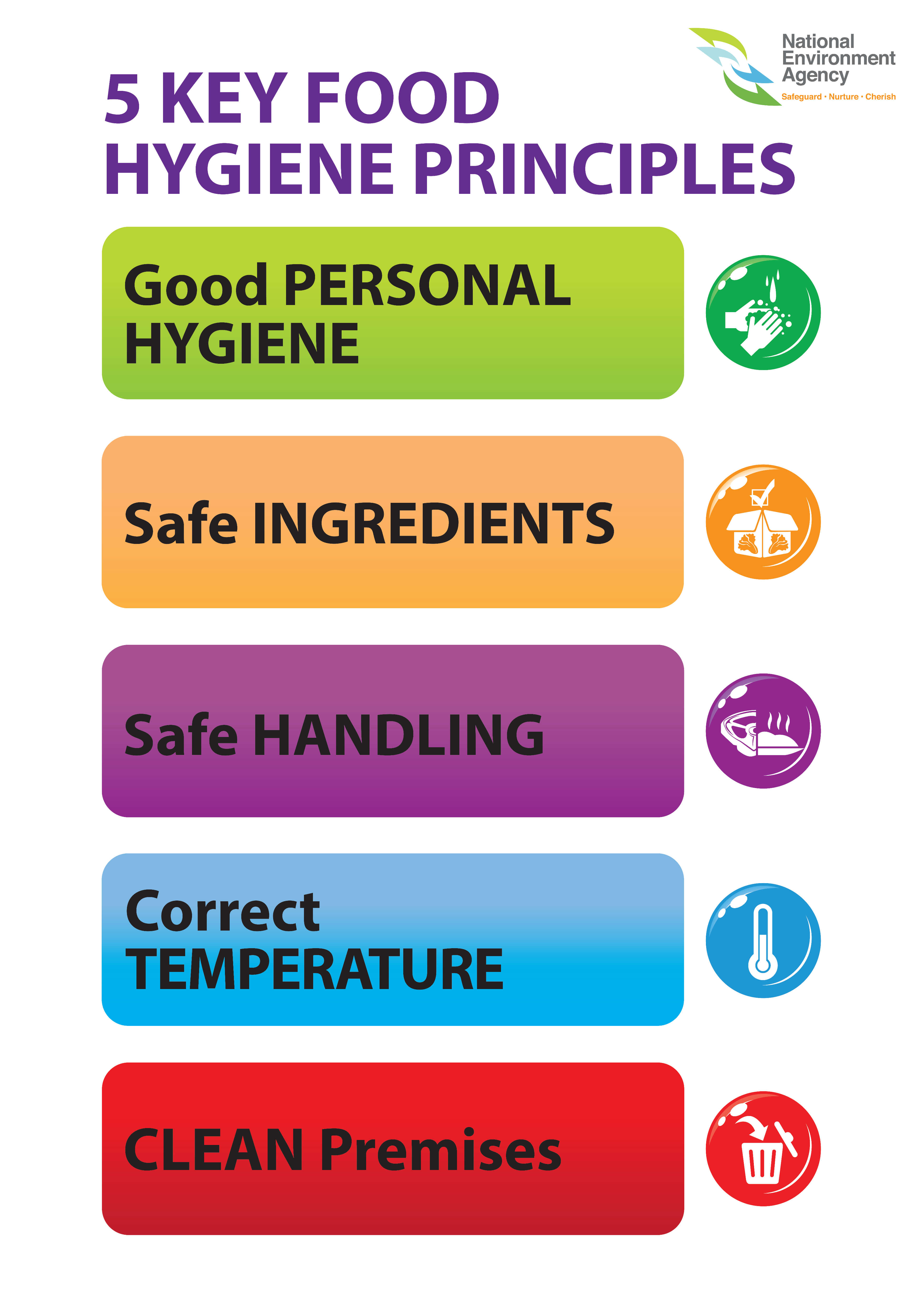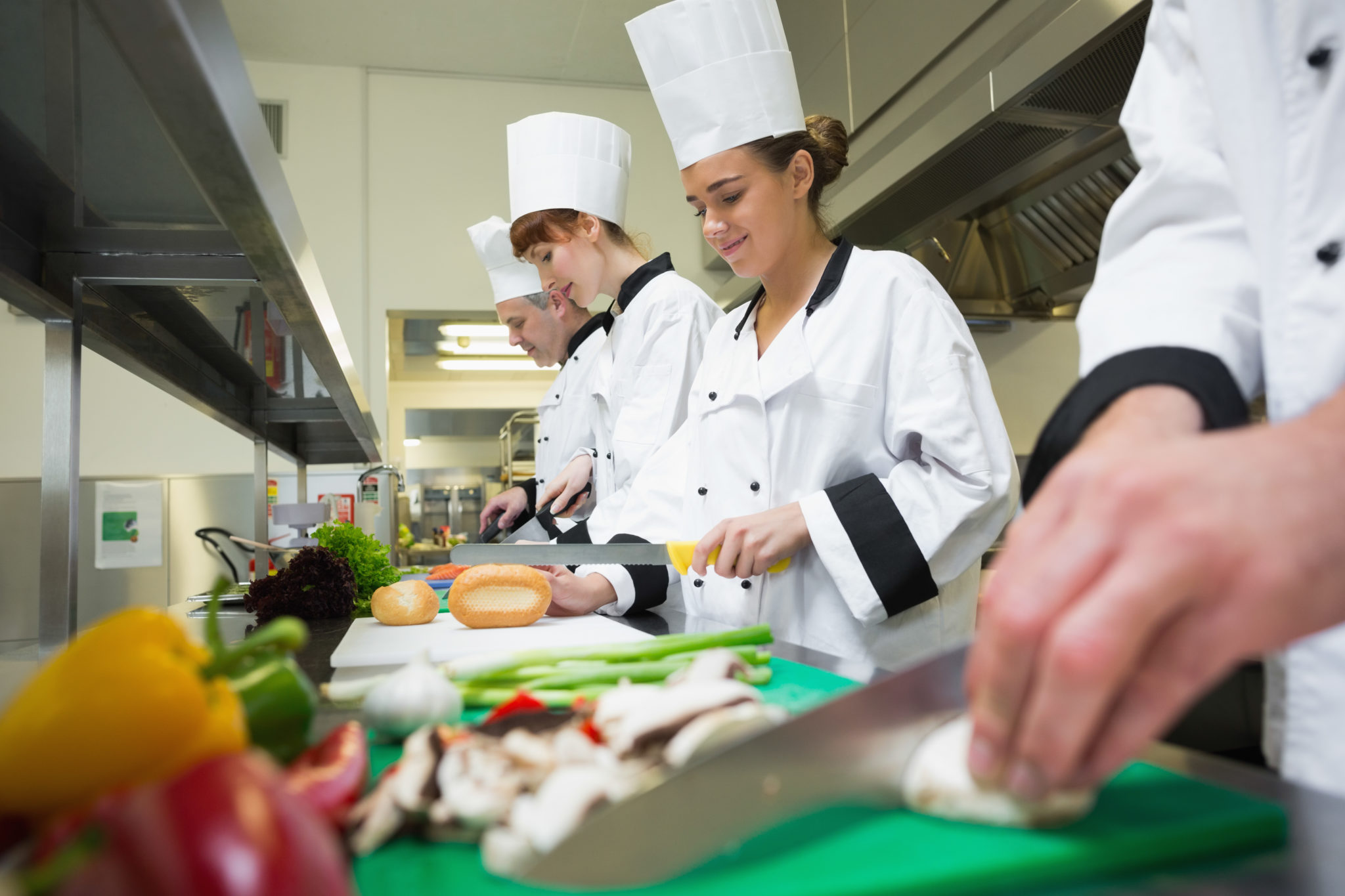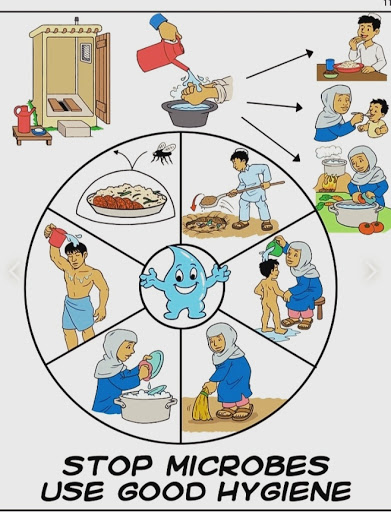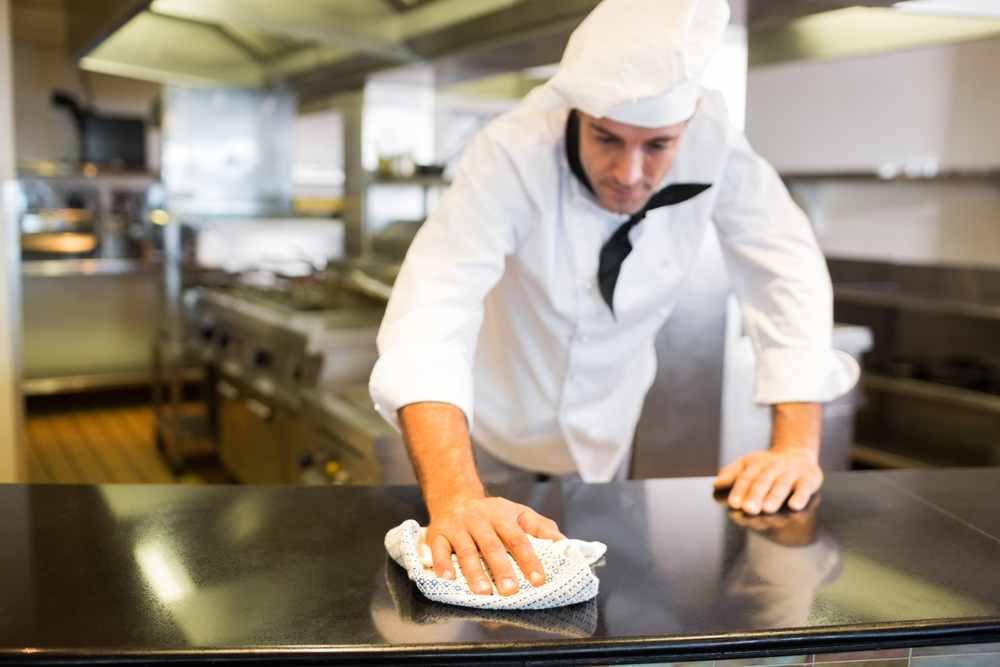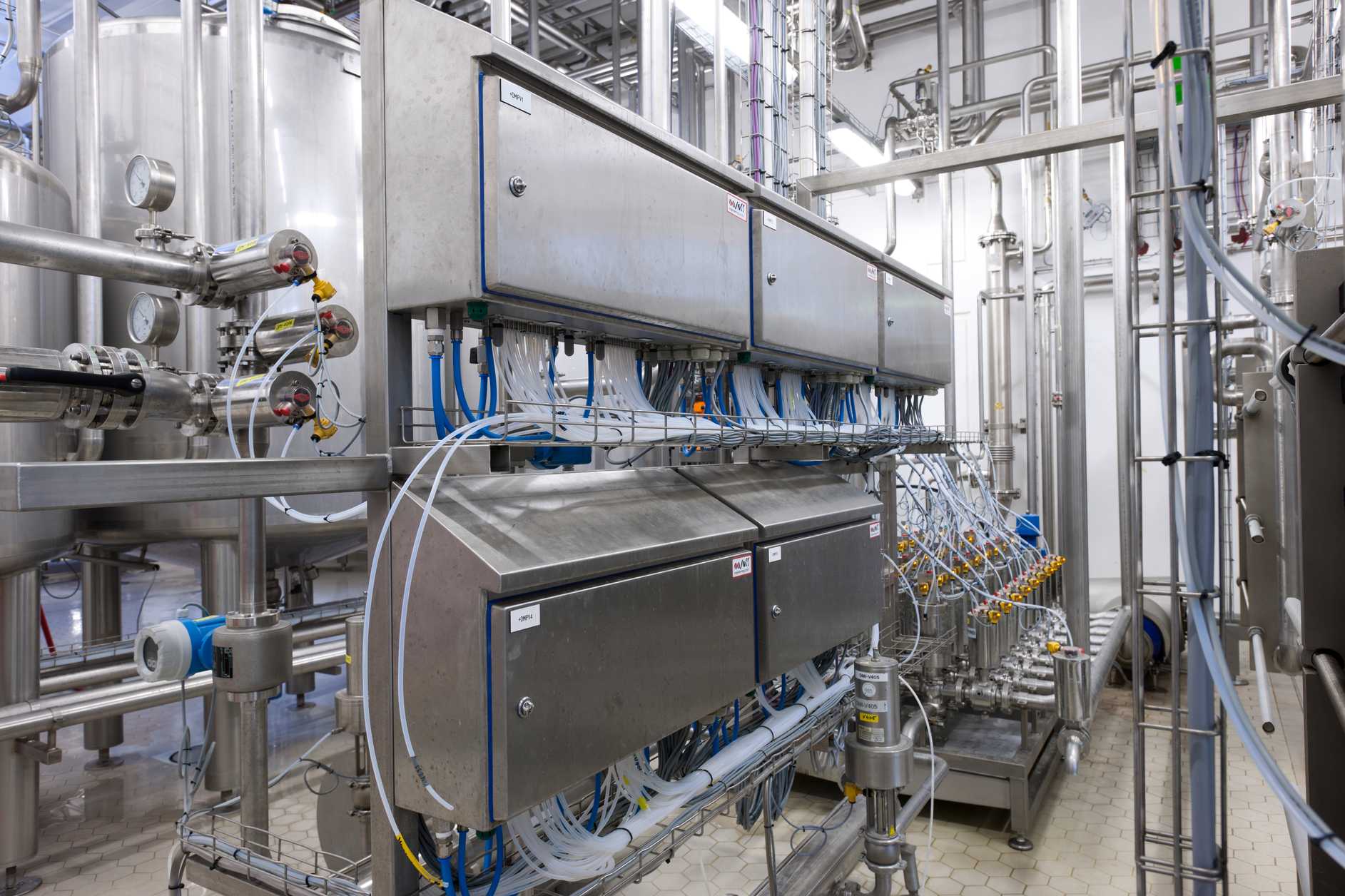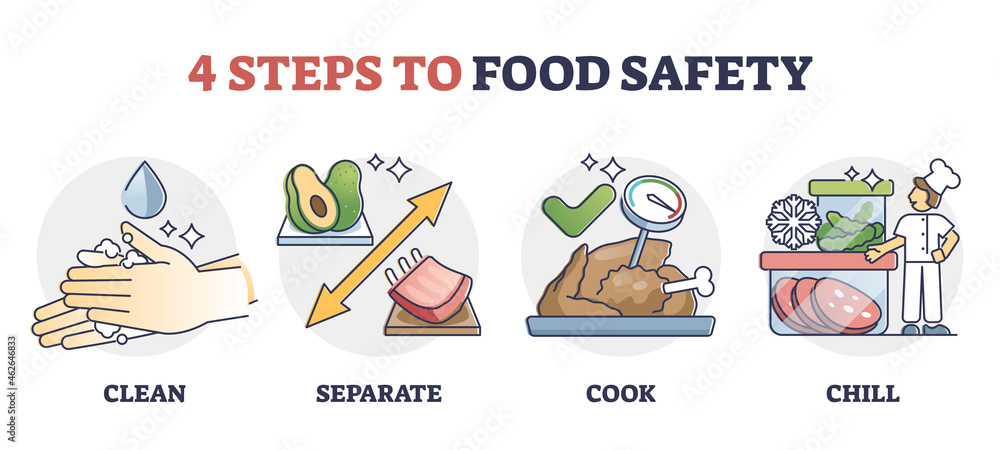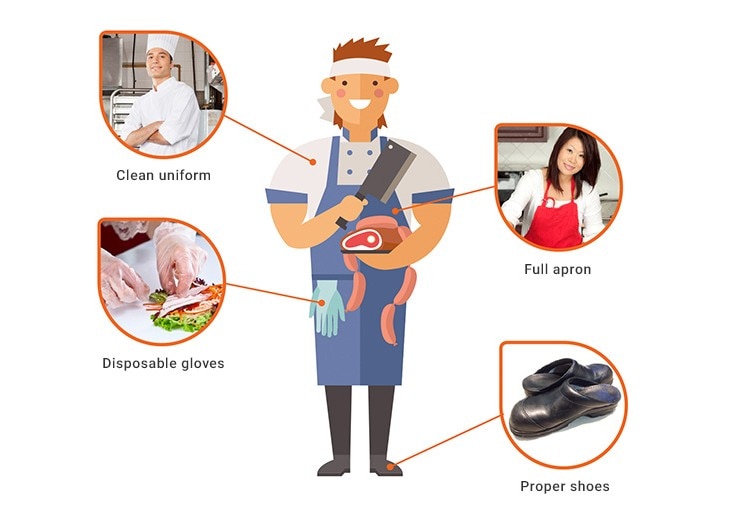When it comes to designing a kitchen for food preparation, there are strict regulations in place to ensure food hygiene and safety. These regulations not only protect consumers from foodborne illnesses, but they also protect businesses from potential lawsuits. As a result, it is crucial for kitchen design to adhere to food hygiene standards in order to maintain a clean and sanitary environment for food preparation.Food Hygiene Regulations for Kitchen Design
One of the primary considerations for food hygiene in kitchen design is the layout and flow of the space. A well-designed kitchen should have a logical and efficient layout that allows for easy movement and minimizes the risk of cross-contamination. This means separating areas for raw and cooked foods, as well as designated areas for hand washing and waste disposal. Additionally, the materials used in kitchen design play a significant role in maintaining food hygiene. Surfaces should be smooth, durable, and easy to clean to prevent bacteria and other contaminants from building up. Non-porous materials such as stainless steel and quartz are recommended for countertops, while flooring should be made of slip-resistant and washable materials.Designing a Safe and Sanitary Kitchen for Food Preparation
Besides layout and materials, there are other best practices to keep in mind when designing a kitchen for food hygiene. For instance, proper ventilation is essential for removing steam and cooking odors, as well as preventing the growth of mold and bacteria. It is also crucial to have adequate lighting, as dimly lit areas can make it difficult to spot spills and other potential hazards. Another important factor to consider is the placement of equipment and appliances. Refrigerators and freezers should be located away from heat sources, such as ovens and stovetops, to maintain proper food storage temperatures. It is also recommended to have separate equipment for raw and cooked foods to prevent cross-contamination.Best Practices for Food Hygiene in Kitchen Design
Designing a kitchen with food safety in mind also involves considering the flow of food through the space. Ingredients should be stored in designated areas, and food should be prepared in a logical and sequential order to minimize the risk of contamination. It is also essential to have separate areas for food preparation and cleaning to prevent cross-contamination. In addition to layout, the design of kitchen equipment can also impact food hygiene. For example, choosing equipment with rounded corners and edges can make cleaning and disinfecting easier, as there are fewer crevices for bacteria to hide. Equipment should also be easily accessible for cleaning and maintenance purposes.Creating a Hygienic Kitchen Layout for Food Safety
When designing a kitchen for food hygiene, it is essential to adhere to the standards set by regulatory bodies such as the Food and Drug Administration (FDA) and the Occupational Safety and Health Administration (OSHA). These standards cover areas such as hand washing facilities, temperature control, and prevention of cross-contamination. Additionally, it is crucial to stay up-to-date with any changes or updates to these regulations to ensure that your kitchen design remains compliant. Failure to comply with these standards can result in health code violations and potential fines, as well as damage to your business's reputation.Incorporating Food Hygiene Standards into Kitchen Design
Commercial kitchens, such as those found in restaurants and hotels, have an even higher responsibility to maintain food hygiene. This is because they serve a larger number of people and are subject to more frequent inspections. To ensure proper food hygiene in commercial kitchen design, it is essential to have a well-trained and knowledgeable staff, as well as a thorough cleaning and maintenance schedule. Commercial kitchens may also benefit from additional food safety measures, such as installing hand sanitizer stations and implementing color-coded cutting boards and utensils for different types of food. These measures can help prevent cross-contamination and promote proper food hygiene practices.Ensuring Proper Food Hygiene in Commercial Kitchen Design
When designing a kitchen, it is crucial to prioritize food hygiene to ensure the safety and well-being of both consumers and your business. By incorporating proper layout, materials, equipment, and adherence to regulations, you can create a kitchen that promotes food safety and prevents the spread of foodborne illnesses. Remember to stay up-to-date with food hygiene standards and regularly maintain and clean your kitchen to ensure it remains compliant and safe for food preparation. A well-designed and hygienic kitchen is not only essential for the success of your business, but it also shows a commitment to the health and safety of your customers.Designing a Kitchen with Food Hygiene in Mind
Here are some additional tips and considerations to keep in mind when designing a kitchen for food hygiene:Hygienic Kitchen Design: Tips and Considerations
Meeting food hygiene requirements may require additional costs and effort during the design phase, but it is a necessary investment to ensure the safety and success of your kitchen. By carefully considering layout, materials, equipment, and regulations, you can create a kitchen that meets and exceeds food hygiene standards. Remember to also regularly review and update your kitchen design to adapt to any changes in regulations or best practices. A clean and hygienic kitchen is not only good for business, but it also promotes the health and well-being of your customers.Meeting Food Hygiene Requirements in Kitchen Design
In conclusion, designing a kitchen with food hygiene in mind is crucial for the success and reputation of your business. By prioritizing layout, materials, equipment, and compliance with regulations, you can create a clean and sanitary environment for food preparation.Designing a Kitchen that Promotes Food Safety and Hygiene
The Importance of Food Hygiene in Kitchen Design

Creating a Safe and Clean Environment
 When designing a kitchen, it's important to not only focus on aesthetics and functionality, but also on
food hygiene
. The layout and design of a kitchen can greatly impact the
sanitation
and cleanliness of the food preparation process. A well-designed kitchen can help prevent the spread of
germs
and
bacteria
, leading to a safer and healthier environment for both cooks and consumers.
When designing a kitchen, it's important to not only focus on aesthetics and functionality, but also on
food hygiene
. The layout and design of a kitchen can greatly impact the
sanitation
and cleanliness of the food preparation process. A well-designed kitchen can help prevent the spread of
germs
and
bacteria
, leading to a safer and healthier environment for both cooks and consumers.
Designing for Proper Food Flow
Choosing the Right Materials
 In addition to the layout and flow of the kitchen, the materials used in the design also play a crucial role in maintaining food hygiene.
Non-porous
materials such as stainless steel and granite are ideal for countertops and other surfaces, as they are easy to clean and do not harbor bacteria. It's also important to choose
food-safe
materials for storage containers and utensils, to avoid any contamination of food.
In addition to the layout and flow of the kitchen, the materials used in the design also play a crucial role in maintaining food hygiene.
Non-porous
materials such as stainless steel and granite are ideal for countertops and other surfaces, as they are easy to clean and do not harbor bacteria. It's also important to choose
food-safe
materials for storage containers and utensils, to avoid any contamination of food.
Proper Ventilation and Lighting
 Another important aspect of food hygiene in kitchen design is ventilation and lighting. A well-ventilated kitchen helps to remove any unpleasant odors and fumes from cooking, as well as reducing the risk of airborne bacteria. Good lighting is also crucial in preventing food contamination, as it allows cooks to see any potential hazards or spills that need to be cleaned up immediately.
Another important aspect of food hygiene in kitchen design is ventilation and lighting. A well-ventilated kitchen helps to remove any unpleasant odors and fumes from cooking, as well as reducing the risk of airborne bacteria. Good lighting is also crucial in preventing food contamination, as it allows cooks to see any potential hazards or spills that need to be cleaned up immediately.
Regular Maintenance and Cleaning
 Finally, proper maintenance and cleaning are essential for maintaining food hygiene in the kitchen. Designing a kitchen with easy-to-clean surfaces and equipment can make it easier to keep the space free of germs and bacteria. It's also important to have a regular cleaning schedule in place and to train staff on proper cleaning and sanitation practices to ensure a safe and healthy kitchen environment.
In conclusion, food hygiene should be a top priority in kitchen design. By considering the layout, materials, ventilation, and maintenance of a kitchen, you can create a space that promotes cleanliness and prevents the spread of germs and bacteria. A well-designed kitchen not only looks good, but also ensures the safety and health of those who use it.
Finally, proper maintenance and cleaning are essential for maintaining food hygiene in the kitchen. Designing a kitchen with easy-to-clean surfaces and equipment can make it easier to keep the space free of germs and bacteria. It's also important to have a regular cleaning schedule in place and to train staff on proper cleaning and sanitation practices to ensure a safe and healthy kitchen environment.
In conclusion, food hygiene should be a top priority in kitchen design. By considering the layout, materials, ventilation, and maintenance of a kitchen, you can create a space that promotes cleanliness and prevents the spread of germs and bacteria. A well-designed kitchen not only looks good, but also ensures the safety and health of those who use it.

